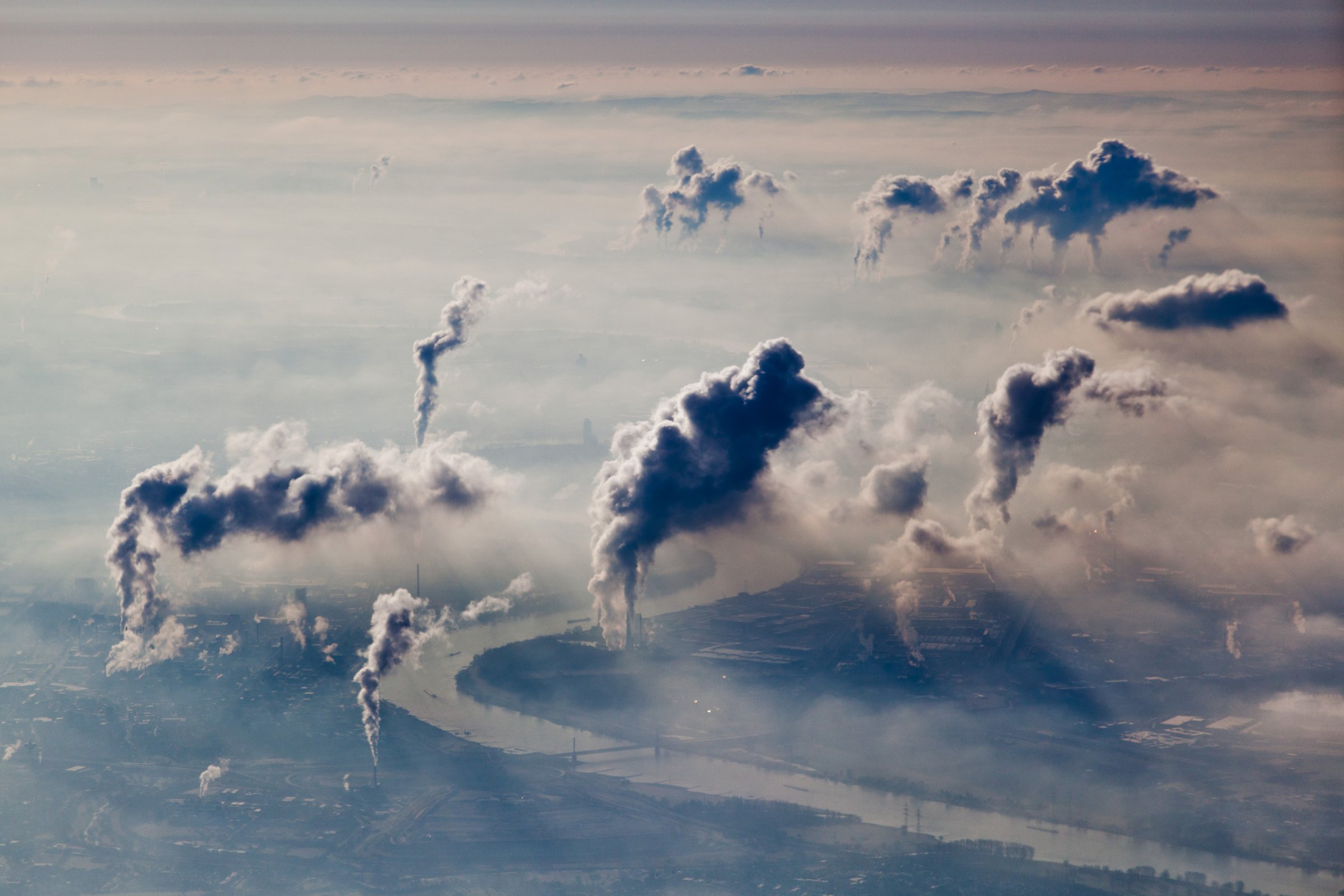
People have been contributing to global warming since the mid-nineteenth century, decades before scientists previously estimated, according to new research published in the journal Nature.
The study questions the perception of climate change as primarily a 20th century phenomenon and provides new evidence of how quickly the Earth’s atmosphere responds to increased levels of greenhouse gas emissions. Even relatively low levels of greenhouse gas emissions in the first decades of the Industrial Revolution contributed to a temperature increase, according to the research.
“It was one of those moments where science really surprised us,” says study author Nerilie Abram of the Australian National University. “But the results were clear. The climate warming we are witnessing today started about 180 years ago.”
Read More: July Was the Single Warmest Month Ever Recorded
Previous research has relied largely on land temperature records from the Northern Hemisphere to evaluate warming trends. But that’s not where early man-made global warming struck first, according to the new study. Researchers looked at historic data derived from natural sources like coral, tree rings and ice to determine that the first “sustained” and “significant” temperature rise actually occurred in tropical oceans and the Arctic during the 1830s. That’s several decades before most modern temperature data sets began.
Researchers attribute the difference in temperature rise between different geographic locations across the globe to a variety of climate factors including ocean circulation. That, at least in part, explains why temperatures in the Arctic have been rising much faster than anywhere else on the globe—about 16°C (29°F) this winter—while temperature rise in Antartica has been relatively slow.
The work should encourage others studying global warming to incorporate earlier data into their models and research to gain a better understanding of how the world warms, the scientists behind the study say.
Read More: These Photos Show How Hard Climate Change Has Hit Greenland
Of course, the contribution of humans to global warming in the 19th century pales compared to people’s role today. Temperature rise remained within the area of natural variability until the 1930s, yet in February of this year, the most unusually hot month ever recorded, temperatures rose 1.2°C (2.2°F) higher than the global average during the 20th century. That’s close to the 2°C (3.6°F) threshold held up by scientists as the level where humans will begin to experience the worst effects of temperature rise.
More Must-Reads from TIME
- Donald Trump Is TIME's 2024 Person of the Year
- Why We Chose Trump as Person of the Year
- Is Intermittent Fasting Good or Bad for You?
- The 100 Must-Read Books of 2024
- The 20 Best Christmas TV Episodes
- Column: If Optimism Feels Ridiculous Now, Try Hope
- The Future of Climate Action Is Trade Policy
- Merle Bombardieri Is Helping People Make the Baby Decision
Write to Justin Worland at justin.worland@time.com